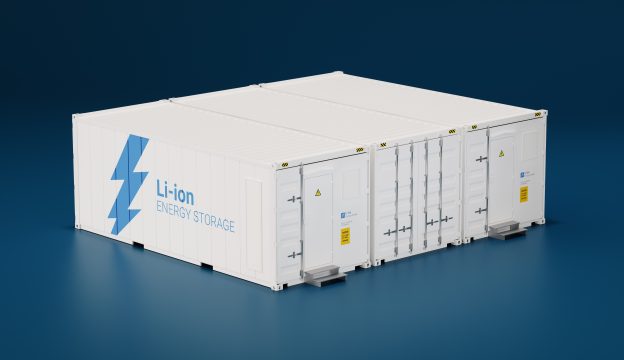Electricity and gas prices in Europe witnessed a notable increase this week, primarily driven by concerns regarding the surge in electricity demand due to high temperatures. As of June 24, Europe’s natural gas inventory reached an all-time high of 75.21%, experiencing a week-on-week increase of +2.84 pct. However, the replenishment of inventory slowed down due to a slow recovery of demand and the anticipation of a continuous decline in gas prices.
Since 2022, the energy crisis has caused a surge in European electricity and natural gas prices. However, the current scenario reflects a decrease in prices to pre-Russia-Ukraine conflict levels as a result of the high inventory levels and declining demand. As of June 24, 2023, the price of electricity in Germany stood at €81.82/MWh, registering a weekly average price increase of 12.61%. The futures price of electricity in Germany reached €140.95/MWh, with a weekly average price increase of 0.2%. In the Netherlands, the price of natural gas amounted to €34.35/MWh, indicating a weekly average price increase of 2.08%. The futures price of natural gas in the Netherlands reached 51.91, with a weekly average price increase of 3.37%.
Inventory of European household storage distribution channel shows significant improvement, while new orders remain weak. However, positive trends are anticipated as new installations are expected to maintain a high year-on-year growth rate in 2023. According to EV Tank and the European Energy Storage Association, the total new installations of European household storage in 2022 amounted to approximately 5.7 GWh, marking a remarkable 147.6% increase compared to the previous year. The cumulative installed capacity reached 11.1 GWh, reflecting a year-on-year increase of 105.2%. In terms of regional distribution, Germany and Italy emerged as the two countries with the largest installed capacities for household storage in Europe, collectively accounting for over 50% in 2022. Germany, in particular, boasts over 1 GW of household storage, with more than 200,000 households opting to install such systems in 2022. Italy, with over 500 MW of household storage, is expected to witness a reduction in demand as subsidies gradually diminish under the Superbonus policy (no subsidy by 2026). As of now, the inventory of European household storage distribution channels has seen significant improvement. While new orders for household storage remain weak, it is anticipated that they will gradually increase in the second half of the year. With the easing of the Russia-Ukraine conflict and the gradual decline of subsidies across Europe, it is expected that the growth rate of European household installations will slow down in 2023, while still maintaining a high level.







